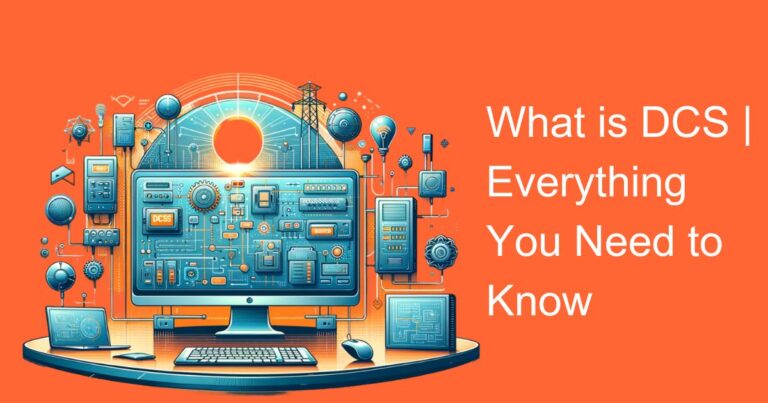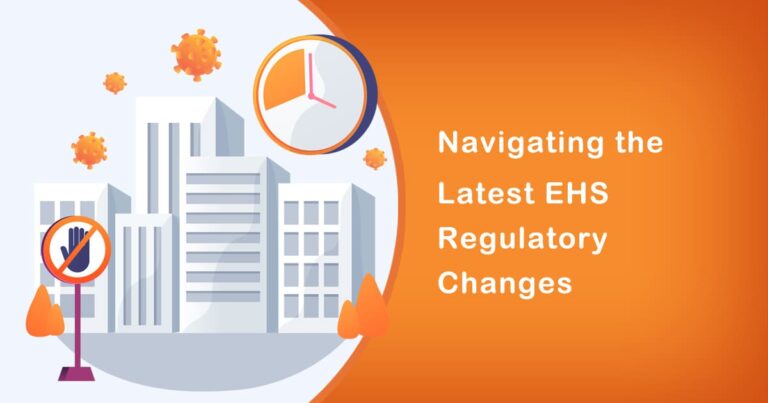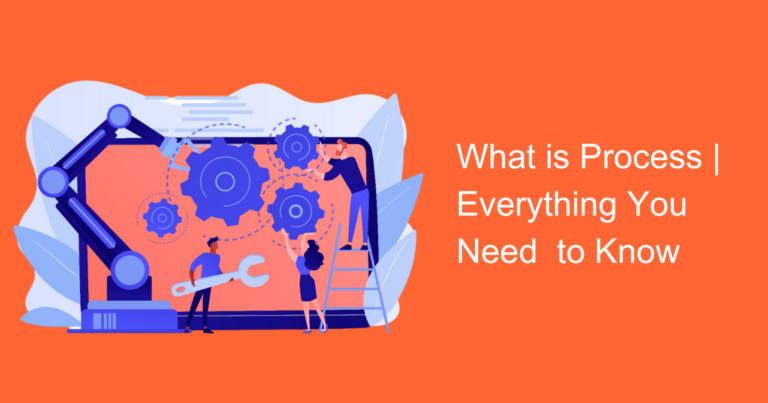Introduction
In the competitive landscape of business today, understanding the metrics that drive profitability and growth is crucial. Customer Acquisition Cost (CAC) is one such metric that plays a pivotal role in assessing the efficiency of marketing and sales efforts. In this comprehensive guide, we delve into the what is Customer Acquisition Cost (CAC), its significance in the Indian market, and how businesses can optimize it to drive sustainable growth.
Understanding Customer Acquisition Cost (CAC)
Customer Acquisition Cost (CAC) refers to the total cost incurred by a company to acquire a new customer. It encompasses all expenses related to marketing, sales, and other activities aimed at attracting and converting prospects into paying customers. Calculating CAC helps businesses evaluate the effectiveness of their customer acquisition strategies and allocate resources accordingly.
Importance of Customer Acquisition Cost (CAC) in the Indian Market
In India’s rapidly evolving business landscape, where digital transformation and e-commerce are gaining momentum, understanding CAC is critical for several reasons:
Resource Allocation:
By knowing CAC, businesses can allocate their marketing budgets more effectively, focusing on channels and campaigns that yield the highest return on investment (ROI).
Business Planning:
CAC plays a crucial role in financial forecasting and business planning. It helps businesses set realistic targets for customer acquisition and revenue growth.
Competitive Advantage:
Companies that optimize their CAC gain a competitive edge by acquiring customers more efficiently than their competitors. This leads to higher profitability and sustainable growth.
Calculating Customer Acquisition Cost (CAC)
To calculate CAC, businesses typically divide the total costs incurred on acquiring customers (marketing and sales expenses) by the number of new customers acquired within a specific period. The formula can be represented as:
CAC = Total Marketing and Sales Expenses / Number of New Customers Acquired
This metric is usually calculated on a monthly, quarterly, or annual basis, depending on the business’s operational cycle and growth objectives.
Factors Influencing Customer Acquisition Cost (CAC) in India
Several factors influence CAC in the Indian market:
Digital Marketing Channels:
The proliferation of digital channels such as social media, search engines, and mobile apps has transformed customer acquisition strategies. Businesses need to optimize their digital marketing spends to reduce CAC.
Customer Behavior:
Understanding the behavior and preferences of Indian consumers is crucial. Cultural nuances, regional diversity, and purchasing habits influence CAC strategies.
Competition:
The competitive landscape in India varies across industries. High competition often drives up CAC as businesses vie for market share and customer attention.
Cost of Customer Engagement:
Costs associated with customer engagement activities, such as content marketing, email campaigns, and customer support, impact overall CAC.
Strategies to Optimize Customer Acquisition Cost (CAC)
To optimize CAC and improve overall profitability, businesses can implement the following strategies:
Targeted Marketing Campaigns:
Segmenting the target audience and running personalized marketing campaigns can enhance conversion rates and lower CAC.
Conversion Rate Optimization (CRO):
Improving website usability, optimizing landing pages, and streamlining the conversion funnel can reduce the cost per acquisition.
Customer Retention:
Investing in customer retention strategies reduces the need for constant customer acquisition, thereby lowering long-term CAC.
Data-Driven Decision Making:
Leveraging data analytics to measure and analyze CAC metrics enables businesses to make informed decisions and refine their marketing strategies.
Challenges and Considerations
While CAC is a valuable metric, businesses must navigate certain challenges:
Accuracy of Data:
Ensuring accurate data collection and attribution across multiple marketing channels is crucial for calculating CAC correctly.
Dynamic Market Conditions:
Economic fluctuations, regulatory changes, and shifts in consumer behavior can impact CAC calculations and strategies.
Long-Term vs. Short-Term Focus:
Balancing short-term acquisition goals with long-term customer lifetime value (CLTV) considerations is essential for sustainable growth.
Future Outlook for Customer Acquisition Cost (CAC) in India
Looking ahead, the future of CAC in India hinges on technological advancements, evolving consumer preferences, and regulatory developments. As businesses continue to innovate and adapt to digital transformation, optimizing CAC will remain a cornerstone of growth strategies across industries.
Conclusion
In conclusion, Customer Acquisition Cost (CAC) is more than just a metric—it’s a strategic tool that empowers businesses to enhance their customer acquisition strategies, improve ROI, and drive sustainable growth in the competitive Indian market. By understanding and optimizing CAC, businesses can unlock new opportunities for expansion, profitability, and customer satisfaction in an increasingly digital and data-driven era.








